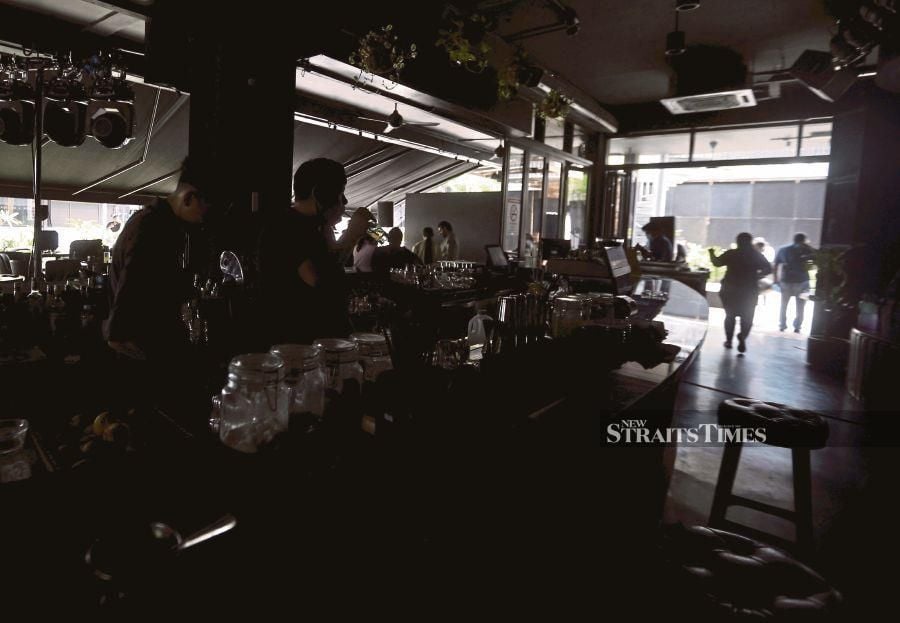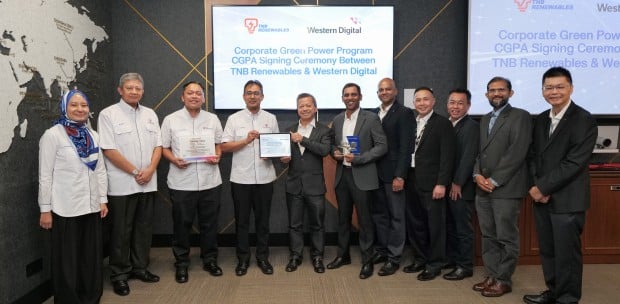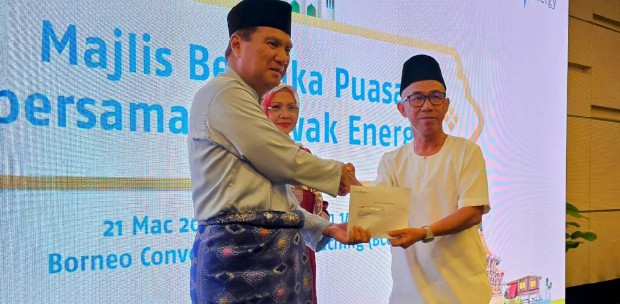The recent technical failure at a substation in Johor led to a severe power outage, causing a load loss of 2.2GW, equivalent to 10 per cent of the power supply in Peninsular Malaysia.
This blackout, which took around 2.5 hours to restore, disrupted the lives of many in the Klang Valley.
Businesses, hospital operations and public transport systems were affected. The fact that damage to a single substation could lead to a 10 per cent power supply failure in the peninsula is alarming.
It is a wake-up call for the authority to start thinking about energy security strategies holistically because reliable access to electricity is a basic human right.
Also, the need to ensure secure supply will only increase as the country's power system transitions to a higher reliance on intermittent low-carbon generators, like solar and wind energy, in light of the Paris Climate Accords.
The first step in fixing a problem is to admit that the problem exists.
In terms of power outages, we need to recognise the loss in economic activities, disruption to supply chains and the negative impact on social wellbeing.
Our power system relies heavily on thermal generators like natural gas and coal-fired power plants, which are not only unsustainable to the environment, but also raise concerns about energy security.
These energy sources are subject to fluctuations in fossil fuel prices and supply chain uncertainties, but the high utilisation nature of thermal plants concentrates the regional power supply on only a few supply points.
This means that damage to a part of the power network or a power station can have a detrimental impact on the power system, as seen in the Klang Valley blackout.
So it is time to rethink investments and planning on national energy infrastructure.
With the decreasing cost of renewables, especially solar photovoltaic panels, increasing the use of low-carbon assets is not only valuable from an energy security perspective, but can also ensure long-term cost savings.
However, greater network reinforcement will be needed to mitigate future network congestion.
Therefore, the authorities need to outline a long-term power system plan to know the capacity of renewables that will be installed in each location.
There is also a need to increase investments in flexibility assets, such as grid-scale batteries and pumped-hydro storage units.
Determining the optimal mix of low-carbon generators and energy storage assets is a challenge the authorities need to tackle to ensure a cost-effective transition to a secure, low-carbon energy future.
Once a robust low-carbon power system is in place, the government should reflect on its wider energy security strategy, such as looking into having dedicated interconnectors with neighbours to ensure cross-border power flow can happen when the country faces a severe power supply shortage.
At the same time, more innovative electricity pricing strategies for consumers, such as applying a dynamic tariff, can reduce stress on the power system and promote energy security.
For example, load shifting can be achieved if consumers are charged a lower electricity tariff when there are excess power generations feeding into the grid, like in the afternoon hours of a power system with high solar power-installed capacity, and with a higher tariff in the evening hours with limited low-cost solar power generation.
This means consumers can save costs by shifting high energy-consuming activities, such as laundry, to hours when electricity prices are low.
There is a critical need to diversify national energy sources with a mix of solar, flexible generation assets and energy storages, while network reinforcements are needed and must consider the future evolution of the power system.
The wider energy security considerations, such as investigating in the case for interconnector and demand-side-response strategies, should also be studied to ensure the electricity supply can meet future demand with a high share of intermittent renewables.
The writer is an energy market analyst at a leading consulting firm in London and holds an MSc degree in energy systems from the University of Oxford
The views expressed in this article are the author's own and do not necessarily reflect those of the New Straits Times





